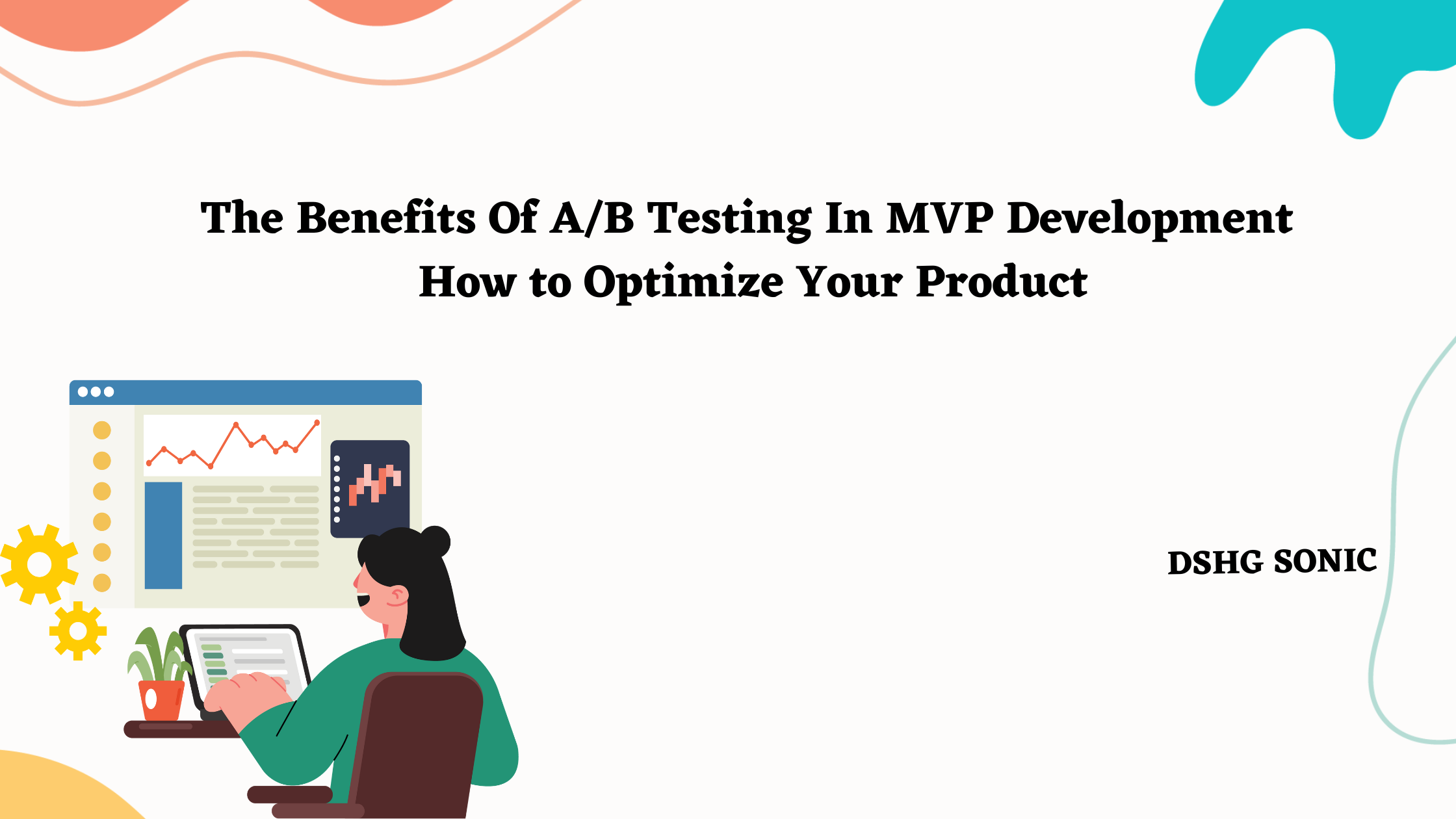Creating a successful product is not an easy task. MVP (Minimum Viable Product) development is one way to identify if your product hits the mark with your target audience. A/B testing plays a crucial role in this process. This powerful technique allows for the testing of multiple variations of your product or its features without the need for a complete overhaul. Instead, you can gather data-driven insights and make informed decisions to improve your product. A/B testing lets you experiment, discover, and refine your product to ensure that it is optimized to meet the needs of your customers.
Here are some benefits of A/B testing in MVP development and how you can optimize your product using this approach:
Table of content
Benefits
- Data-driven decision making
- Iterative improvement
- Reduced risk and cost
- User validation
- Optimized user experience
Steps
- Define clear goals
- Identify testable elements
- Create test variations
- Split your audience
- Measure and analyze results
- Iterate and implement improvements
1. Data-driven decision-making: A/B testing provides quantitative data about user behavior, preferences, and interactions with different product variations. It allows you to base your decisions on real user feedback and objective metrics rather than assumptions or guesswork.
2. Iterative improvement: By testing multiple versions of your product, you can iterate and refine your features, design elements, or user experience based on user feedback and performance data. This iterative approach helps you make incremental improvements, leading to a more refined and user-centric product.
3. Reduced risk and cost: A/B testing enables you to identify potential issues or flaws early in the development process. By testing different variations on a smaller scale, you can mitigate risks and avoid costly mistakes before fully implementing new features or design changes.
4. User validation: A/B testing allows you to validate your assumptions and hypotheses about user preferences. Instead of relying solely on market research or internal opinions, you can test different options with real users to understand their priorities, needs, and pain points.
5. Optimized user experience: Through A/B testing, you can optimize various aspects of your product, such as layout, content, navigation, calls to action, and pricing models. By testing different variations, you can identify the most effective and engaging elements that resonate with your target audience.
To optimize your product effectively using A/B testing, follow these steps:
1. Define clear goals: When it comes to A/B testing, one of the most important steps is to clearly define your goals. After all, how can you measure the success of your tests if you don’t know what you’re testing for? Take some time to identify the specific metrics and objectives you want to improve or validate – increasing conversion rates, reducing bounce rates, or enhancing user engagement. By establishing clear goals upfront, you’ll be better equipped to determine whether your tests have yielded tangible results
2. Identify testable elements: Successful products are the result of thoughtful design and meticulous testing. To fully understand what makes your product tick, it is essential to identify the testable elements that can be varied and thoroughly examined. This can encompass all facets of your product, from design elements, user flows, pricing models, and different feature sets. It is crucial to break down your product into smaller components to isolate elements and test each individually to achieve effective results.
3. Create test variations: Develop alternative versions of the elements you want to test. Ensure that each interpretation is distinct and represents a different hypothesis or approach. For example, you can try two landing page layouts or pricing structures.
4. Split your audience: Randomly assign your users or visitors into control and test groups. The control group experiences the existing version of your product, while the test group is exposed to the variations you created. Ensure the sample sizes are statistically significant to draw meaningful conclusions.
5. Measure and analyze results: Monitor the performance of each variation by tracking relevant metrics and comparing them between the control and test groups. Analyze the data to determine if there are statistically significant differences and to understand user behavior and preferences.
6. Iterate and implement improvements: Iterating and implementing improvements is crucial to successful product development. Through A/B testing and data analysis, businesses can obtain valuable insights into user behavior and preferences. It is imperative to make data-informed decisions and implement the variations that perform better in such testing to deliver the best product possible to customers. Moreover, continuous iteration and refinement are necessary to meet evolving customer needs and expectations.
Conclusion
A/B testing is a crucial element in the development of a successful product. Remember, it’s an ongoing process that can be leveraged to optimize your product’s performance and user experience continuously. As you improve your MVP, new variations and hypotheses can be tested further, providing valuable insights and feedback. A/B testing offers a unique opportunity to make data-driven decisions, maximizing your product’s chances of success. So, be sure to incorporate A/B testing in your development process and enjoy the benefits of building a user-centric product that meets the needs of your audience.









